The terminal block (Wago 2003-7641) illustrated below has a neutral connection that can be grouped using a bus bar. This makes sense. However, the blue plastic block below can be used to disconnect the neutral of a particular block by moving it.
Question: what exactly is the purpose of this? I understand disconnecting the live connection, but why would you want to disconnect the neutral, why would a terminal block offer this option?
